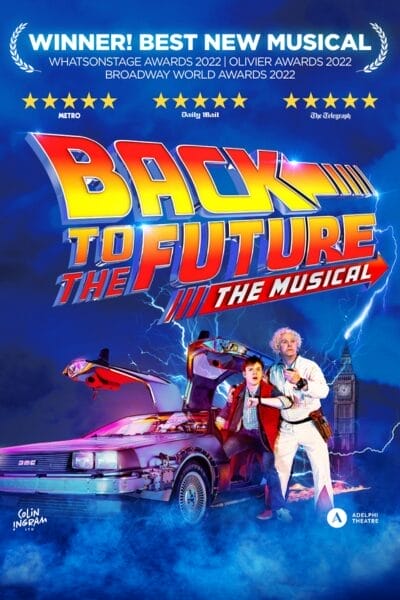 The London Coliseum, with its grandiose architecture and cavernous auditorium, seems a natural home for a story as opulent as The Great Gatsby. This new musical adaptation, fresh from a Tony-winning Broadway run, certainly dazzles the eye and ear, but beneath the sequins and champagne bubbles, something essential is missing
The London Coliseum, with its grandiose architecture and cavernous auditorium, seems a natural home for a story as opulent as The Great Gatsby. This new musical adaptation, fresh from a Tony-winning Broadway run, certainly dazzles the eye and ear, but beneath the sequins and champagne bubbles, something essential is missing
There’s no denying the show’s visual splendour. Paul Tate dePoo III’s Art Deco sets and Linda Cho’s costumes are a feast for the senses, conjuring the Jazz Age with a maximalist flourish. The transitions between Gatsby’s mansion, Daisy’s garden, and the Wilsons’ garage are seamless, aided by Cory Pattak’s evocative lighting and slick video projections. The stage regularly erupts into lavish party scenes, complete with vintage cars and pyro-enhanced spectacle—proof positive that every penny of the budget is up there in full view.
Musically, the orchestra fills the Coliseum with lush, brassy orchestrations, and the principal cast—Jamie Muscato as Gatsby and Frances Mayli McCann as Daisy—belt out their numbers with confidence and clarity, even if the songs themselves are more pleasant than memorable. The supporting cast, particularly Amber Davies’s Jordan Baker and Rachel Tucker’s Myrtle, inject much-needed energy and nuance into the proceedings.
Yet for all its razzle-dazzle, this Gatsby is oddly hollow. The production leans hard into spectacle, but in doing so, it flattens Fitzgerald’s nuanced exploration of class, longing, and the American Dream. The script by Kait Kerrigan reduces the novel’s subtlety to broad strokes, transforming a tale of moral ambiguity into a conventional tragic romance. The result is a show that’s big, brash, and undeniably noisy, but lacking the chilly majesty and emotional complexity that have made the source material a classic.
Jamie Muscato’s Gatsby is magnetic, it’s undeniably an outstanding performance. Daisy, meanwhile, is given a more sympathetic arc, but the attempt to vindicate her character feels forced and muddles the narrative’s edge. The central romance, meant to be the show’s beating heart, instead feels curiously colourless—overshadowed by the supporting players and the relentless parade of glittering visuals.
The Great Gatsby at the London Coliseum is a triumph of style over substance. It’s a party you’ll enjoy attending—at least for the costumes, the choreography, and the sheer spectacle—but as the confetti settles, you may find yourself searching for the emotional resonance and thematic depth that remain just out of reach.

















